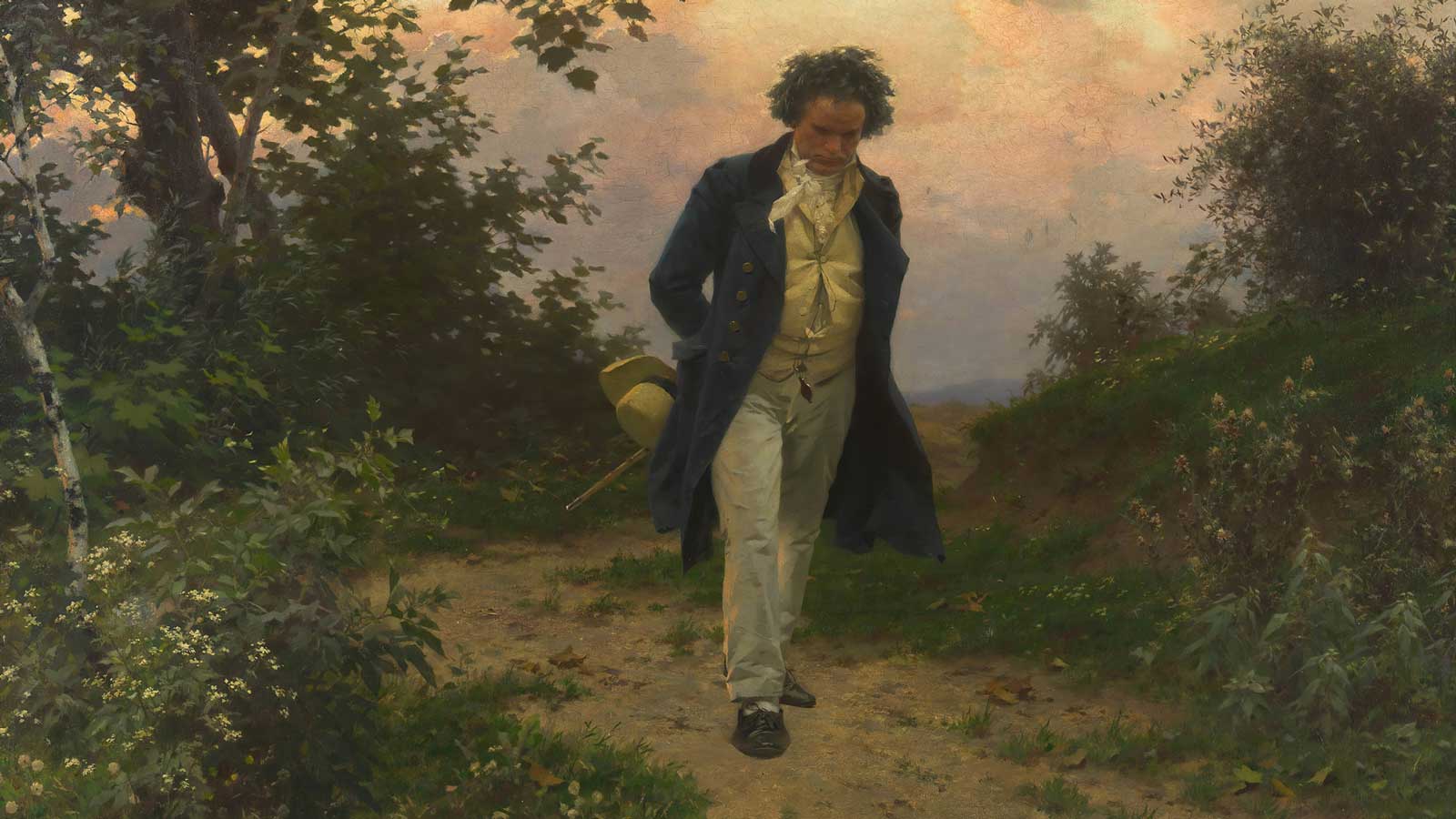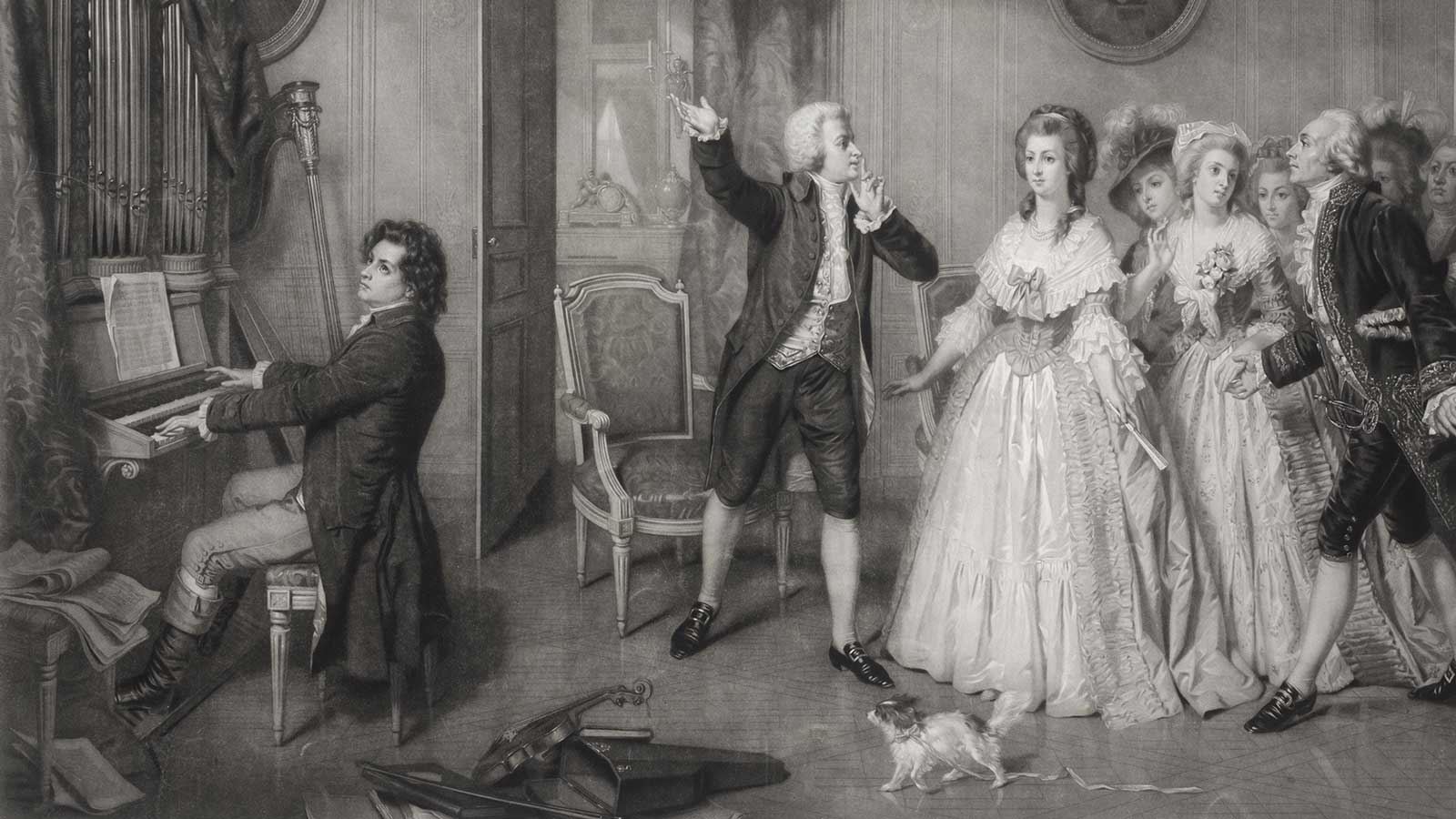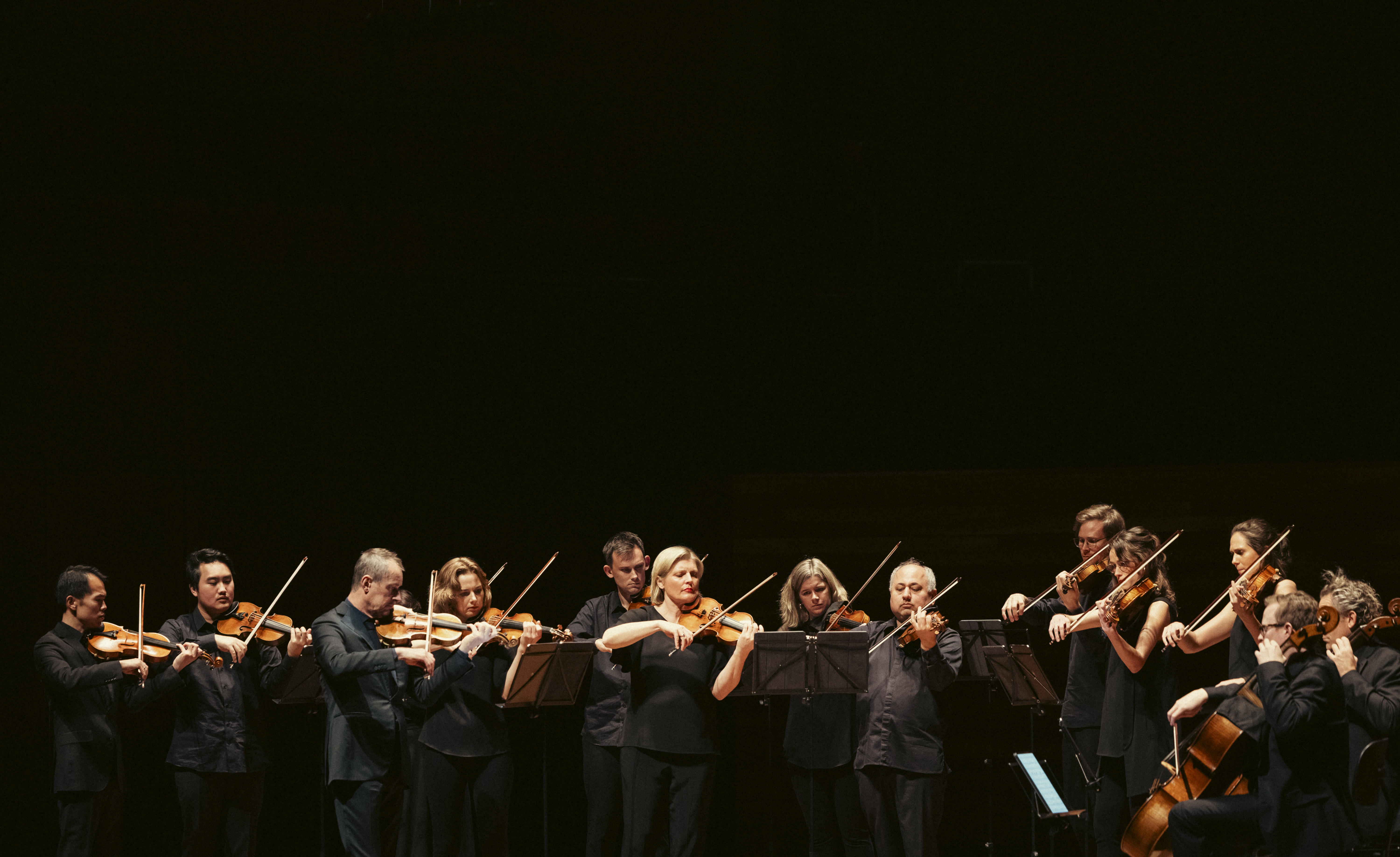
Written by Nicholas Mathew
The British-born writer and pianist Nicholas Mathew is Professor of Music and the Goldman Distinguished Professor in the Humanities at the University of California, Berkeley. He is the author of Political Beethoven, The Invention of Beethoven and Rossini and The Haydn Economy.
Considering the centrality of piano improvisation to Beethoven’s mature aesthetic, the many later adaptations of Beethoven’s orchestral music to the scale of a solo pianist deserve special attention – not least those by one-time Czerny student Franz Liszt, one of whose transcriptions appears on this program. Like Beethoven, Liszt was an acclaimed improviser – the towering celebrity recitalist of the mid 19th century. Rather than regard Liszt’s treatment of Beethoven’s orchestral music as a mere shrinking of scale, then – or, worse, as the daubing of frivolous mid-century piano virtuosity all over Beethoven’s otherwise serious symphonic architecture – we might well consider such later transcriptions as a sort of homecoming: a return of the Beethovenian aesthetic to the scene of the piano keyboard, whence it had come. As Wendt had realised, whether hearing Friedrich Schneider, Carl Czerny, the musicians of the Gewandhaus Orchestra in Leipzig or even Franz Liszt, we are supposed to be face to face with Beethoven the improviser.
The spellbinding Adagio of the Emperor Concerto, more even than the declarative opening Allegro, reminds us that Beethoven lived during the first great era of public self-disclosure – a portent of our own unrelentingly confessional age, perhaps. The late 18th and early 19th centuries witnessed an avalanche of published diaries and travel journals, intimate bourgeois domestic dramas, passionate Gothic heroines and voyeuristic novels of letters, and the faddish teenage angst of books such as Goethe’s The Sorrows of Young Werther, a literary hit much admired by Beethoven. As a young pianist, Beethoven was frequently asked to improvise by his patrons, and, according to more than one contemporary account, would haughtily refuse to roll out his noblest musical thoughts on demand, as if by the yard. But this was actually all part of an intricate social choreography. His admirers would affect to leave the room then conceal themselves behind a half-open door or curtain – whereupon Beethoven would improvise as if entirely alone, his patrons now privy to something rarer still: a private fever of musical inspiration.

Something of this eavesdropping aesthetic infuses the Adagio. The orchestra begins with a hushed chorale-like melody in a key exotically distant from that of the opening Allegro. The muted strings already create the uncanny timbral impression of music heard from a distance, but this is redoubled by the way in which the piano enters. Rather than provide the pianist with a clear or expectant introduction, the orchestra simply rounds out its melody – and the piano begins a long-breathed phrase, almost oblivious to what has preceded it, high up in the bell-like register of the keyboard. The phrase slowly winds downwards over a simple rippling accompaniment like an exploratory spunout improvisation, repeatedly extending farther than one might expect. We are the fortunate eavesdroppers. Brief orchestral gestures interject, but do not obviously join in. It is even some time before the piano states the orchestra’s opening chorale tune, though it is ostensibly the main theme. When the tune does arrive, the pianist does not approach it with any sense of occasion, but almost stumbles across it in the course of the unspooling improvisation.
The Adagio was in fact something of a departure for Beethoven – an early sign of yet another profound change in his artistic outlook.
The design of the early 19th-century Viennese piano – the sort of instrument that Kristian Bezuidenhout will use in the ACO's Beethoven's Emperor program– helps to emphasise these effects. The balance between the full orchestra and the wood-framed piano, with its rapid decay and Romantically diffuse resonance, means that the soloist tends to emerge from and withdraw behind the orchestra’s shadowy sonic curtain. And just as the strings apply their mutes, so the piano has the option of a true una corda pedal, which causes the entire action to shift so that, as the Italian name suggests, the hammers strike only one of the two or three strings per note (Czerny reports that Beethoven almost always intended the use of this pedal in passages marked pianissimo). Unlike the softer, less percussive voice produced by the modern shift pedal, the una corda creates an insubstantial, veiled sound – a sound that surely contributes to the impression of music emanating through an aural keyhole.
In the Emperor, Beethoven reprises a formal device found in several earlier heroic works (mostly famously, the Fifth Symphony: the penultimate movement leads directly to the finale, without a pause. By way of a transition, and against a hovering harmonic background, the pianist must once again perform the theatre of real-time improvisatory choice, gingerly testing out fragments of the closing rondo before plunging headlong into the fully formed tune. It is one of those unmistakable heroic-style conclusions, its 6/8 metre allowing for a perpetual oscillation between the feel of a march (in 2) and a dance (in 3): even the main melody is constructed as a series of alternations between a declarative fanfare and an elegantly tripping reply.
Yet, even after all the brass and drums, all the Napoleonic musical celebrations, it’s hard to shake off the memory of that unusually shadowed and lyrical adagio. In its extreme public intimacy, the adagio was in fact something of a departure for Beethoven – an early sign of yet another profound change in his artistic outlook dating from the year 1809.
From the moment of the second French occupation of Vienna, Beethoven – living under newly straitened circumstances and disillusioned with the promise of the post-revolutionary age – noticeably turned away from the bold outward expressions of his heroic style towards a more intimate and songlike register. A whole series of compositions, from the “Harp” quartet and the “Archduke” Trio to his seminal 1816 song cycle An die ferne Geliebte, reveal a side of Beethoven that the Napoleonic sound and fury of his heroic music had often drowned out: a Beethoven who sings more than he marches, who dwells in lyrical contemplation more than he proclaims and exhorts.
The heroic tone was to sustain an entire later tradition of orchestral music – the roiling symphonic register that would be cultivated in the second quarter of the 19th century by a new generation of admired composer-pianists: Johann Nepomuk Hummel, Robert Schumann, or Louise Farrenc. Yet it is worth recalling that for others, such as Franz Schubert, who was barely 15 years old when Czerny premiered the Emperor in his native city of Vienna, Beethoven’s newly lyrical turn represented the master’s latest word. The works by Schubert on this program, composed when Waterloo was already receding into history, are barely redolent of the heroic style at all – yet Schubert was a keen emulator of Beethoven, and he would have had every reason to consider his own lyrical compositions as distinctly Beethovenian in their own way.
Here is something else that Beethoven’s last piano concerto has to teach us, with its profound contrasts, its swerves between inner and outer worlds, its wild virtuosity, its delicate lyricism, and its tentative improvisations. Even though, as Dahlhaus believed, much 19th-century concert music has orbited around Beethoven, it turns out that there is a whole skyful of Beethovens to choose from. Yes, the heroic style is still the most recognisable Beethovenian voice – if only because, as in the opening bars of the Emperor, it is the one that grabs us by the lapels and demands our attention. But if we listen carefully at the door, we may overhear more voices than we were expecting.
Kristian Bezuidenhout guest directs the Australian Chamber Orchestra in Beethoven’s Emperor, 9-24 March. Click here to buy tickets and find out more.
